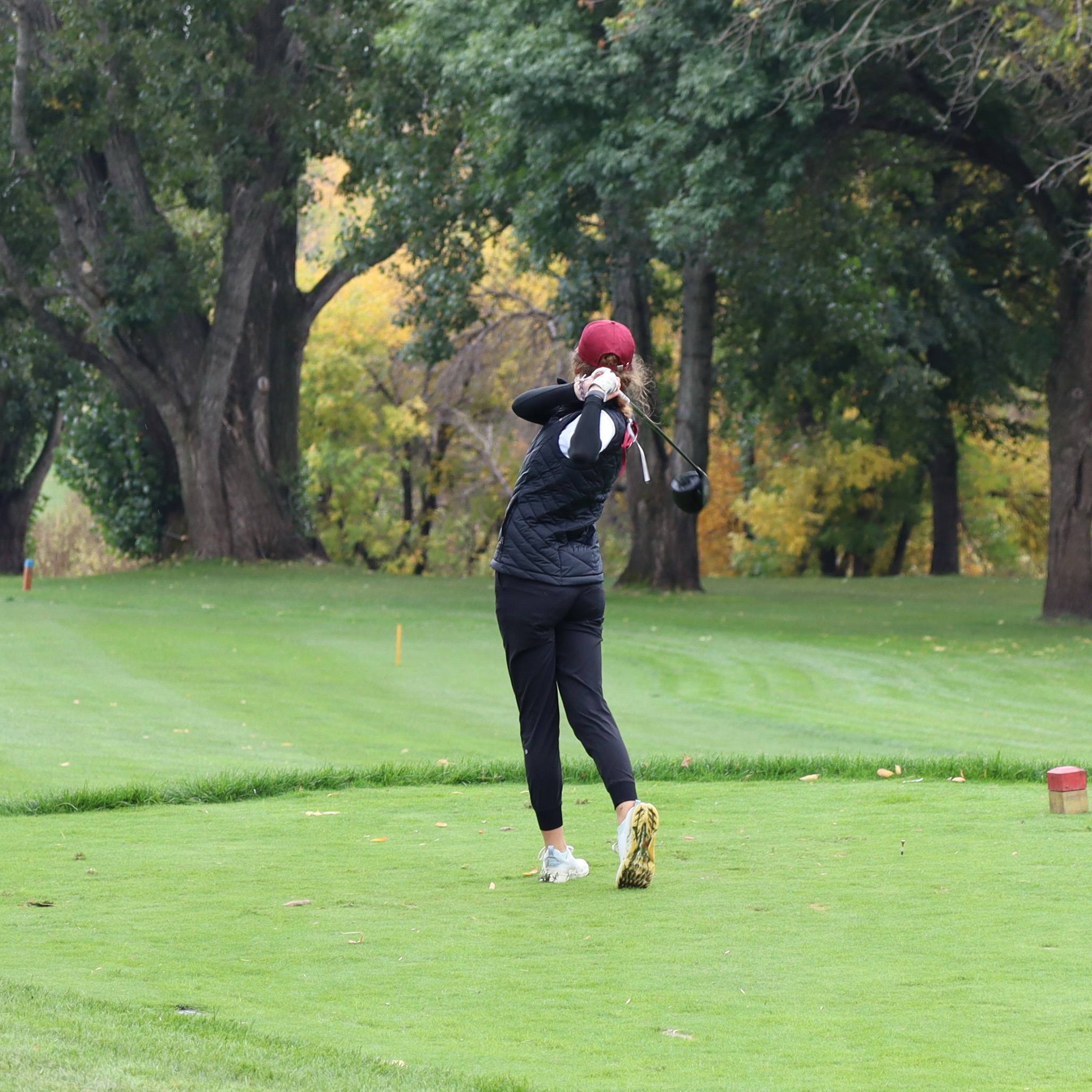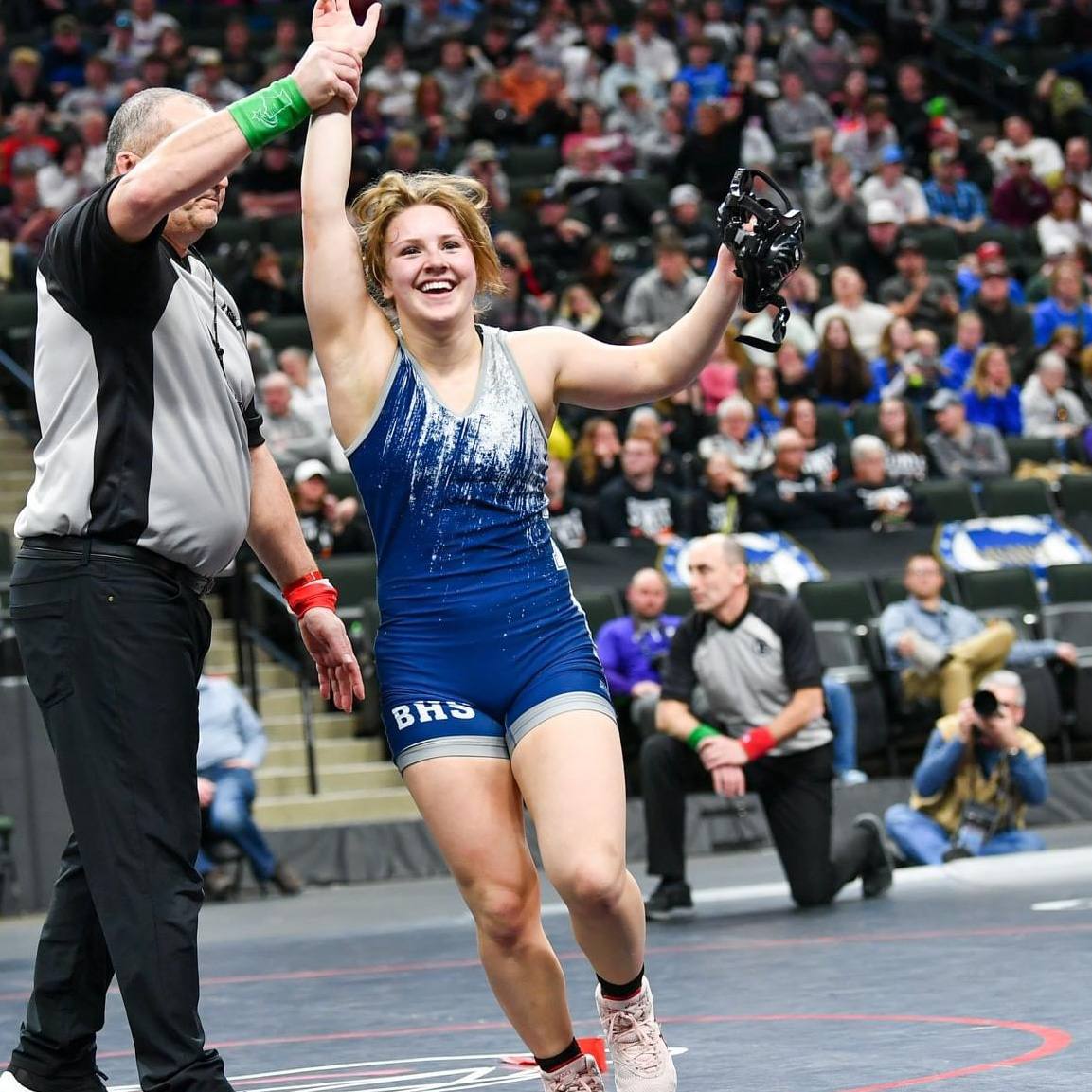
When Mike Gyarmaty dislocated his right shoulder, he hoped corrective surgery at Mayo Clinic would return him to his normal way of life. But that surgery, along with the intense rehabilitation that followed, helped Mike go far beyond those hopes.
As Mike Gyarmaty raced toward home plate during a corporate softball tournament in Austin, Minnesota, back in 2013, he had a split-second decision to make: slide into the base feetfirst or headfirst. "I slid headfirst," he says. "I was 45 years old at the time. It was not one of my proudest moments."
While his slide beat the catcher's tag and propelled Mike's team to victory, it came at a painful cost. "I blew out my shoulder," Mike says. "I'd never dislocated a shoulder before. But I knew right away I'd suffered a severe dislocation of my right shoulder when I hit the ground."
As he lay in pain near home plate, Mike's first instinct was to try to pop his injured shoulder back into place. "I couldn't do it," he says. Mike was taken to the local Emergency Department in Austin, where physicians reset the shoulder and informed Mike of the full extent of his injury. "In addition to separating my shoulder, X-rays showed I'd also suffered a labral tear and broken bone," he says. "So I knew that wasn't going to be the end of my care."
Expert surgery
Mike was referred to Diane Dahm, M.D., an orthopedic surgeon at Mayo Clinic in Rochester. During an initial examination, Dr. Dahm quickly determined that Mike needed surgery.
"The first time I saw Mike, he could only lift his arm 90 degrees," Dr. Dahm says. "He was complaining of pain that was 10 out of 10 on our pain scale with use, but only 1 out of 10 with rest. So if he didn't move it, he was OK. But if he tried to move or use the arm at all, the pain was severe. His MRI also showed a displaced fracture of his right glenoid (shoulder socket), which looked fairly large."
"I wanted to be able to get back to playing with my kids the way I had before the injury."
Mike Gyarmaty
After performing a CT scan to better determine the true size of Mike's fracture, Dr. Dahm and her surgical team went about fixing it with a procedure known as arthroscopic bony Bankart repair. The team had to repair the fracture along with damage to the labrum — the tissue that surrounds the shoulder socket.
"Mike had an extensive tear of the labrum, as well as a displaced fracture which involved a significant amount of the glenoid surface," Dr. Dahm says. "What we do in that case is first visualize the damaged area through the arthroscope, placing traction stitches through small arthroscopic portals to pull the fracture back into place. We then put anchors in the bone that have stitches attached to them. Multiple stitches are placed through the labrum and around the bone fragment. The stitches are tied, securing things in place. We then make sure everything is stable before completing the procedure."
Demanding rehabilitation
Leading up to his surgical date, Mike says his hope was that surgery would not only help him get back to being the kind of athlete he wanted to be at that point in his life, but also to return to being the kind of active father he wanted to be.
"My goals for surgery were, worst-case, to get back to playing golf and doing normal exercise as it relates to something a person of my age would do," he says. "My best-case scenario was to be able to return to everything I'd been doing before the injury: lifting weights, playing basketball, pitching baseballs and softballs, throwing footballs, serving tennis balls. More than that, though, I wanted to be able to get back to playing with my kids the way I had before the injury."
While Dr. Dahm and the rest of Mike's care team wanted all of that for him, too, they knew getting there wouldn't be easy.
"Everyone was so professional, so compassionate and so caring," Mike says of his care team at Mayo Clinic. "At the same time, they didn't sugarcoat or overpromise anything. They said, 'Your shoulder injury is very bad, but we're going to do everything we can to get you back to a normal way of life.' In order to do that, they were very up front about how brutal my rehab was going to be after Dr. Dahm's surgery."
Before Mike's rehabilitation could began, however, Joe Eischen, a physical therapist in the Department of Sports Medicine at Mayo Clinic's Dan Abraham Healthy Living Center in Rochester, wanted to know more.
"One of the things we do really well at Mayo Clinic is to ask our patients what their goals for rehab are and what they're trying to get back to," Eischen says. "We then design a rehab program specifically for them based on their answers. We do have a standard rehab protocol that we follow with all of our patients. But every patient is a little different, so we modify that for each particular patient based on their desires and needs."
"There was a lot of pain throughout my rehab, but I prided myself on being a very diligent and hard rehabber, and doing whatever Joe asked me to do."
Mike Gyarmaty
Because Mike wanted to return to a lifestyle of recreational sports and roughhousing with his children, the rehabilitation program Eischen designed for him was more aggressive than most.
"Athletes are treated a little differently than somebody who doesn't play sports and who just wants to get back to living their life," Eischen says. "Some of the rehab is the same, of course, but it changes if a patient wants to get back to playing sports or a job that requires a lot of physical movement."
Regardless of a patient's long-term goals, Eischen says, they're not allowed to start down that path until they recover from surgery. "In the beginning, Mike was protected quite a bit by a brace and couldn't really do a lot," Eischen says. "Basically, we were letting what Dr. Dahm did — the surgical procedure she performed — heal."
Once the healing was complete, it was time for Mike to go to work. "We transitioned him into getting his range of motion back by starting some basic strength-training exercises," Eischen says. "At three months post-op, we wanted him to have full arm elevation. We also wanted him to have external rotation — meaning his arm at 90 degrees vertically from the floor, perpendicular to the floor, and his hand moving backward."
That may sound easy. But for someone coming off a severe and painful shoulder injury, it was anything but. "Just moving my arm back and forth — the most basic kind of arm movements — would hurt, but I had to do them," Mike says. "There was a lot of pain throughout my rehab, but I prided myself on being a very diligent and hard rehabber, and doing whatever Joe asked me to do."
Eischen says the amount of diligence and determination that Mike put into his rehabilitation is directly proportionate to the results he experienced and how quickly he experienced them. "Most patients are back to doing a lot of what they want to be doing six months after this procedure, but everybody's a little different," Eischen says.
Better than ever
Four months after his surgery, Mike started to see results. "My surgery was in September, and I can remember playing nine holes of golf in January in Florida," he says. "That was a huge milestone for me. I was thrilled. But it was just a testament to the surgical acumen of Dr. Dahm, as well as to how hard I rehabbed."
Today, six years later, Mike says his injured right shoulder is not only fully healed and rehabilitated, it actually feels better than his uninjured left shoulder.
"Not only have I gotten back to doing everything that I was doing before the injury, I'm now better off than I was before because while Dr. Dahm was fixing my shoulder, she also went out of her way to clean up the pre-existing damage I'd already done to it from being a baseball pitcher and serving tennis balls throughout much of my life," Mike says. "The surgery has far exceeded my best hopes and expectations. Forget about getting back to normal, I've come out better than ever."
"I'm fortunate to have a very good surgical team here at Mayo Clinic, and it's that whole team who makes stories like this happen."
Diane Dahm, M.D.
For Eischen, that represents the best possible outcome. "I got into this business because I like helping people — helping them achieve their goals in life and get back to whatever lifestyle it is they want to get back to," Eischen says. "So to hear that Mike's doing so well now is awesome. That's why we do this. But it's also a testament to how hard he worked. Mike should be proud of himself for following through on his rehab, for doing all that we asked him to do, and for not going rogue on us along the way."
For Dr. Dahm, Mike's success is also her team's success. "I'm fortunate to have a very good surgical team here at Mayo Clinic, and it's that whole team who makes stories like this happen," she says. "It starts in the operating room with great anesthesia, great surgical nurses and techs, great recovery room staff, great assistants, great residents, and great physical therapists. It's the whole team the whole way through. Every step of the way, you have people who are doing what's best for the patient, and when you have that, that's when you get patient outcomes like this."
HELPFUL LINKS
- Learn more about shoulder dislocation.
- Check out Orthopedic Surgery and Sports Medicine.
- Explore Mayo Clinic.
- Request an appointment.
Related Articles








